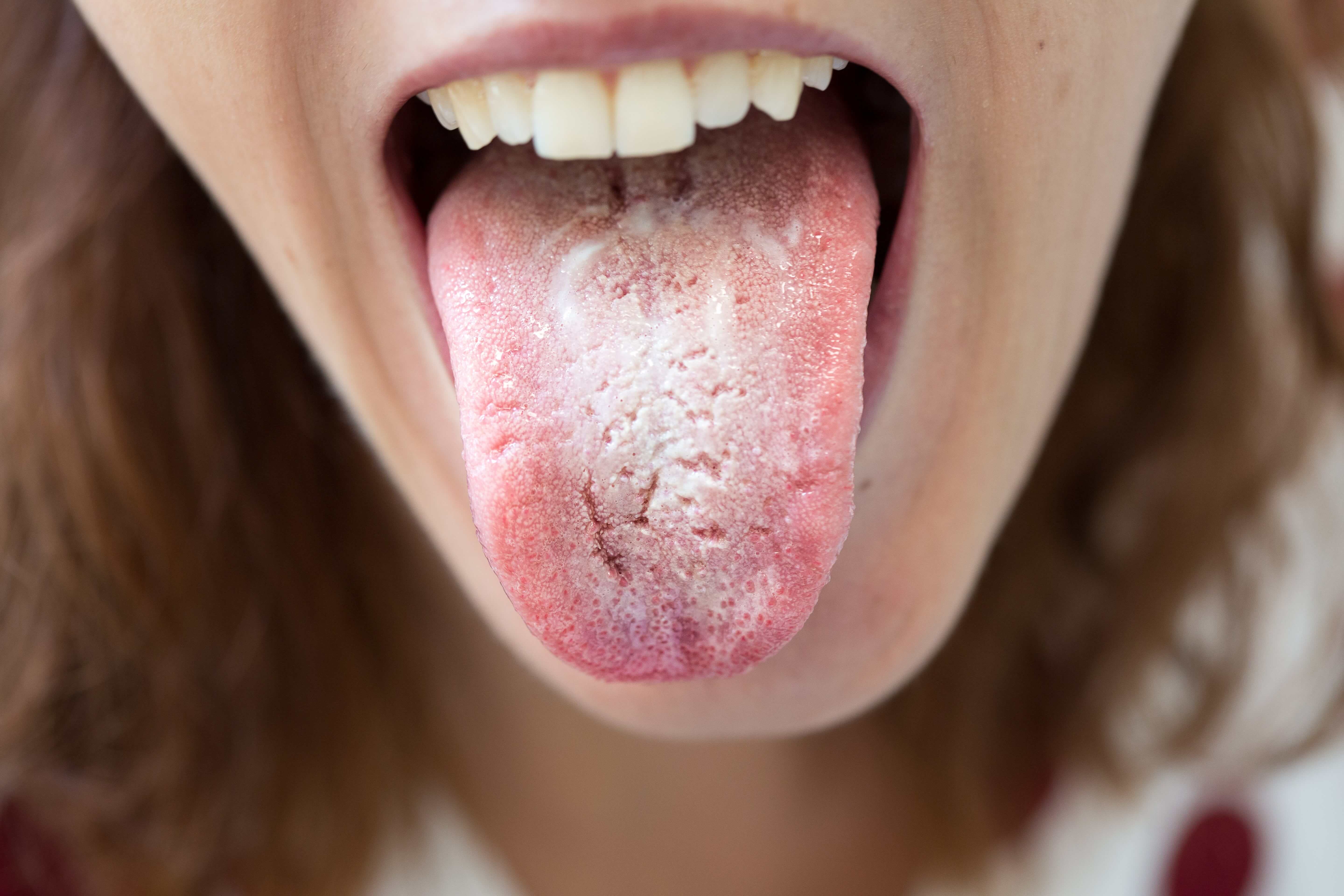
Thrush, also known as candidiasis, is a common fungal infection that affects many individuals at some point in their lives. While it can be uncomfortable and distressing, understanding the causes, symptoms, and available treatment options can help individuals address thrush promptly and effectively. In this article, we will delve into the world of thrush, shedding light on its causes, symptoms, and potential treatment avenues.
1. What is Thrush?
Thrush is caused by the overgrowth of a yeast-like fungus called Candida, most commonly Candida albicans. This fungus is naturally present in our bodies, including the mouth, digestive tract, and genital areas. However, certain factors can disrupt the balance of microorganisms, leading to an overgrowth of Candida and resulting in thrush.
2. Identifying the Symptoms: How Does Thrush Manifest?
The symptoms of thrush can vary depending on the affected area. In oral thrush, white, creamy patches may appear on the tongue, inner cheeks, and the roof of the mouth. These patches can be painful and may bleed when scraped. Genital thrush, on the other hand, can cause itching, redness, swelling, and a thick, white discharge in females. Males may experience redness, irritation, and a white coating on the penis.
3. What Causes Thrush?
Thrush can occur due to a variety of factors, including weakened immune systems, taking antibiotics, hormonal changes (such as during pregnancy), and having uncontrolled diabetes. Additionally, using certain medications, such as corticosteroids and oral contraceptives, may increase the risk of developing thrush.
4. Seeking Professional Diagnosis: When to Consult a Doctor
If you suspect you have thrush or experience any of the associated symptoms, it’s important to seek medical advice promptly. A healthcare professional, such as a general practitioner or a gynecologist, can perform a physical examination and provide an accurate diagnosis. In some cases, a sample of the affected area may be taken for further analysis to confirm the presence of Candida.
5. Treatment Options: Managing Thrush
Treating thrush typically involves antifungal medications, which can be administered as topical creams, oral tablets, or suppositories, depending on the affected area. It’s important to complete the full course of treatment prescribed by your healthcare provider to ensure effective eradication of the fungus.
6. Preventive Measures: Reducing the Risk of Recurrence
To reduce the risk of thrush recurrence, individuals can take several preventive measures. These include practicing good oral hygiene, avoiding excessive use of antibiotics, managing underlying health conditions, and maintaining a balanced diet. For those prone to recurrent thrush infections, long-term antifungal treatments may be recommended.
Conclusion
Thrush is a common and treatable condition caused by the overgrowth of the Candida fungus. By recognizing its symptoms, understanding the common causes, and seeking timely medical advice, individuals can address thrush effectively. Implementing preventive measures and maintaining a healthy lifestyle can further reduce the risk of recurrent thrush infections. If you suspect you have thrush or experience any symptoms, do not hesitate to consult a healthcare professional for accurate diagnosis and appropriate treatment.
